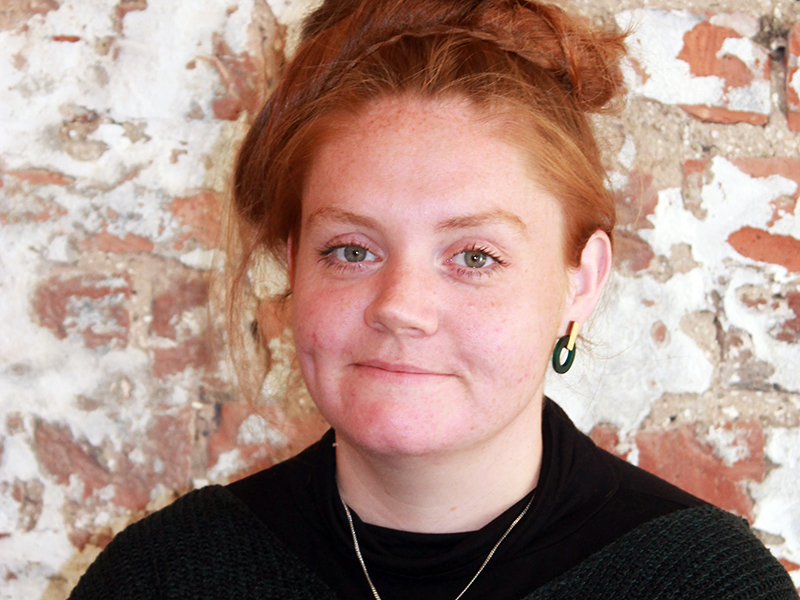Engender's Jade Stein explores the need to make visible how poverty and economic inequality are experienced at higher rates by women and marginalised groups across our society
Last week marked Challenge Poverty Week, an annual campaign highlighting the injustice of poverty in Scotland, and to show that collective action based on justice and compassion can create solutions.
Around one-fifth of Scotland’s people – more than a million of us – live in poverty. For a rich nation, with an abundance of resources, this is simply outrageous.
There are several ways through which poverty is considered. Where you were born, your education, class, and a long list of other factors affect the likelihood of your experiencing poverty.
These factors create a ‘web of likelihoods’. The more overlapping your web is, the higher the chances are that you will have experiences of poverty.
However, there is a vast group of people who are more likely to experience poverty but are less prominent in discussions about financial inequality.
We rarely talk about them. Plan for them. Consider them.
Women.
We know that women’s poverty is a result of long-standing, deep-rooted and systemic fault lines in our society.
For a time at school, I qualified for a free school meal. Pass me the custard-covered jam sponge. (It was before Jamie Oliver’s heartbreaking chicken nugget blender fame). I remember another student’s utter shock that I was in the "free meal club".
"But your mum has a job…", "but you live on the nice estate…", confusion contorted his face.
She did, and we did. My mum worked harder than anyone I have ever known and still does. But the recession was hitting hard, she was a single mum of two on minimum wage, and we landed a nice house on the edge of a council estate. That boy's contorted wee face stayed with me. Not to equate free school meals as a direct indication of living in poverty, but when I think of the ‘masking’ of women’s poverty now – the bizarre way it is boldly weaved throughout society and yet hidden, ignored, or misunderstood - it’s his face I see.
Women are far more likely to live in poverty in Scotland than their male counterparts and twice as likely to rely on inadequate and shrinking social security entitlements.
Gender is, therefore, one of the largest indicators we have to predict poverty, yet gendered analysis is rarely applied in policymaking. When it is implemented, it often considers women as a ‘one size fits all’ group, not accounting for the range of impacts policy has on diverse groups of women. Gender is often an afterthought, a bolted-on notion, post-development.
These well-trodden and sexist practices continue to entrench gender inequality and deepen levels of poverty experienced by women throughout Scotland.
Women are 92% of single parents and are more likely to provide unpaid care for disabled and older people. Women earn less than men and are more likely to have multiple low-paid jobs, zero-hour contracts or precarious work patterns. Access to resources within households is shaped by domestic abuse, and women are more likely to experience limiting long-term health conditions than men.
Disabled women, BME women, trans women, refugee and asylum-seeking women, and other marginalised groups have even less access to financial security due to the multiple layers of sexism and inequality they experience.
These layers add gigantic levels of labour and strain - physical, emotional, mental, and, of course, financial - onto women.
Women bear the brunt of poverty. So why do we so infrequently talk about it?
86% of net ‘savings’ between 2010 and 2020 made through cuts to social security and tax credits, came from women’s incomes and pensions, and services primarily relied upon by women. This is a prime example of the gender blind planning we see time and time again.
The current discriminatory and regressive Universal Credit system is not fit for purpose. Far from it. The cruel two child limit policy punishes low income families who may have previously felt they could afford a third or fourth child, disproportionately impacting on some minority ethnic and religious communities. The Challenge Poverty Action Group reported the cost of scrapping the policy in 2023/24 to be £1.3 billion, making it the most cost-effective way to reduce child poverty. But this is yet to be seen.
Meanwhile, the current UK policy to pay Universal Credit awards to one individual in a household is sexist and regressive, further restricting women’s access to income and physical safety and security.
It is crucial that the Scottish Government builds intersectional gendered budgeting and analysis into the core of public decision-making. Without this, women’s poverty, child poverty and overall poverty rates cannot be effectively addressed in Scotland.
Last week, the Poverty Alliance hosted Challenge Poverty Week, an annual event that sees events, blogs, and discussions centring around the eradication of poverty in Scotland. They featured women’s poverty as a key issue. I hope that this time next year, we no longer need to call for political leaders and policymakers to do the same.
Jade Stein is communications and engagement manager for Engender







